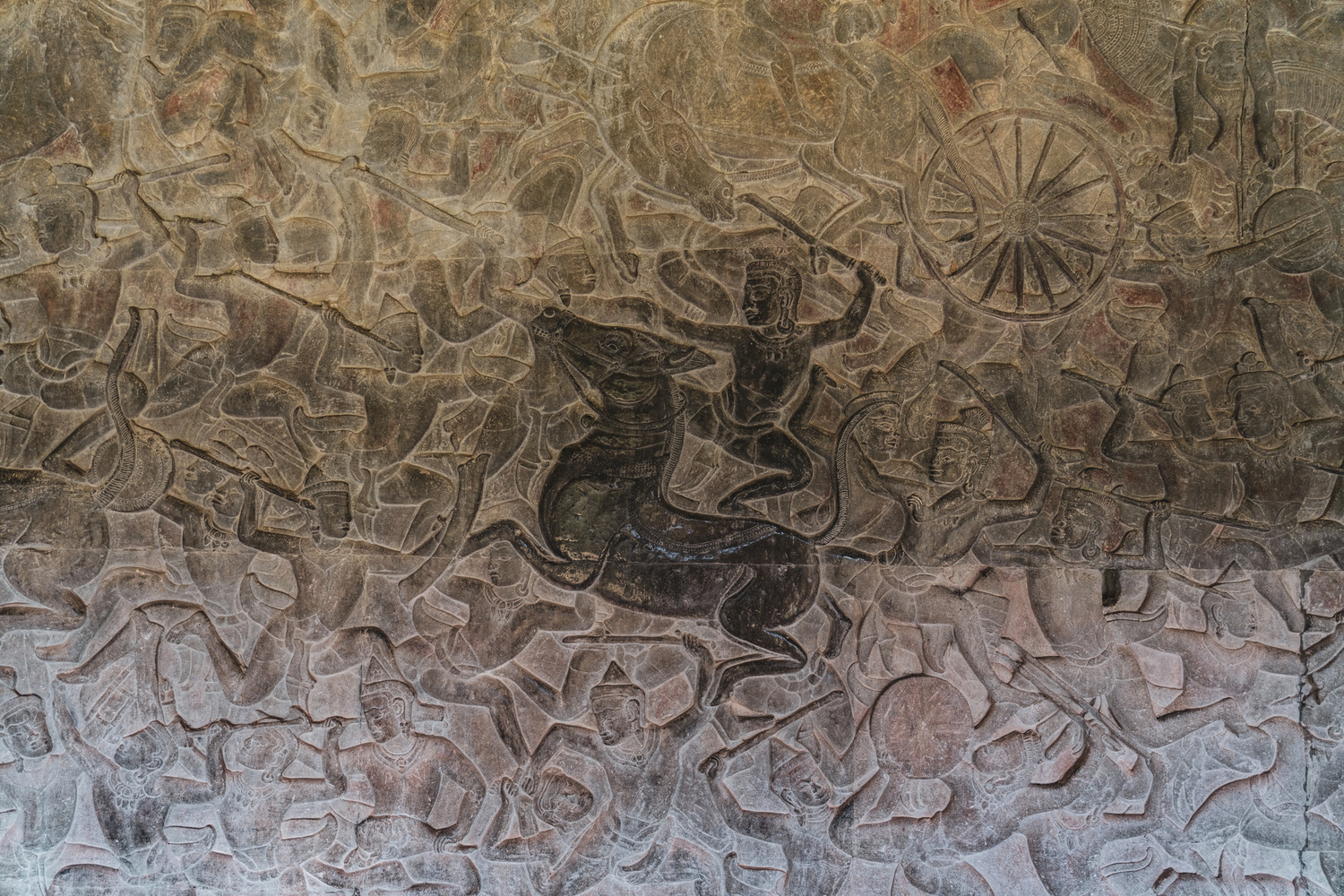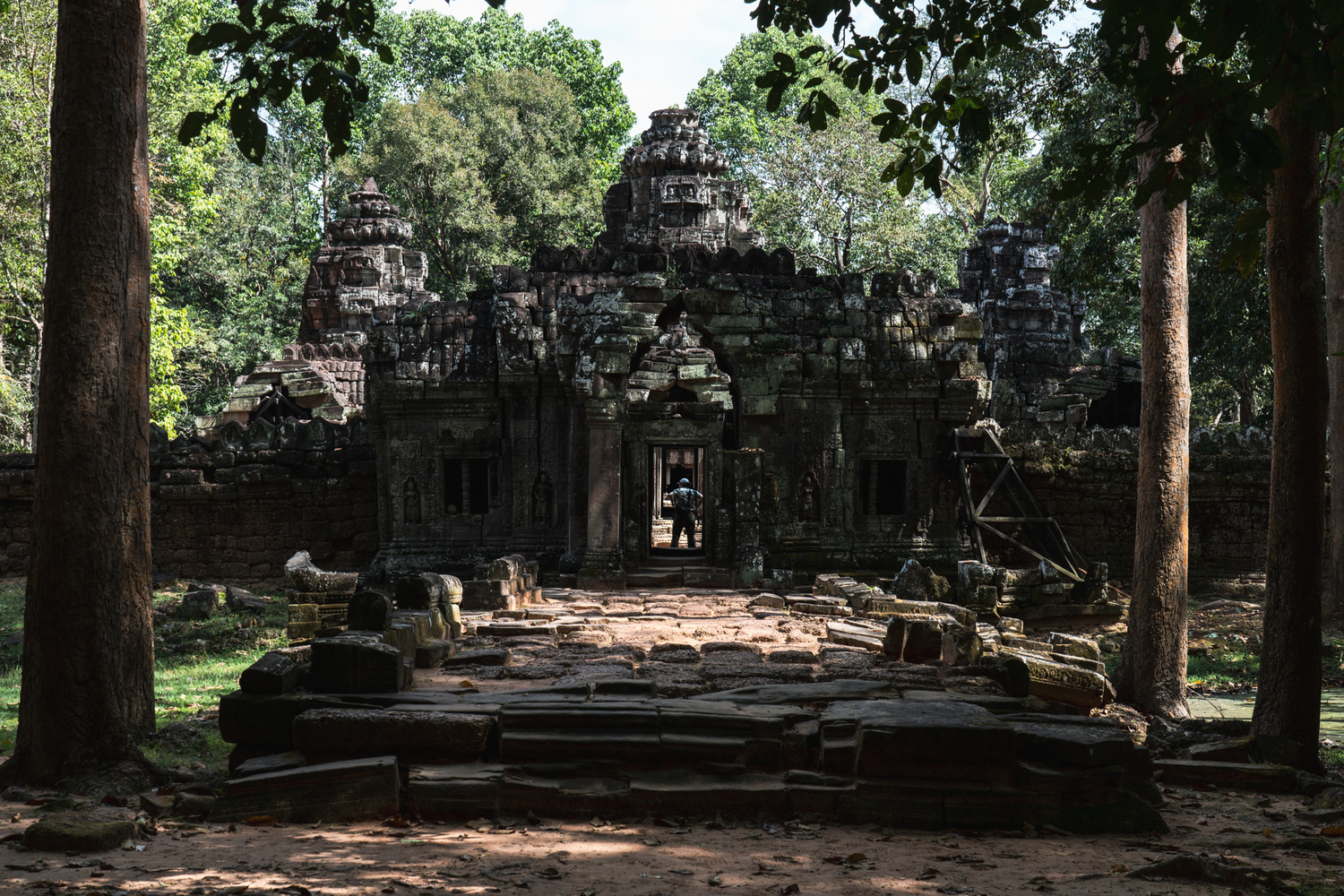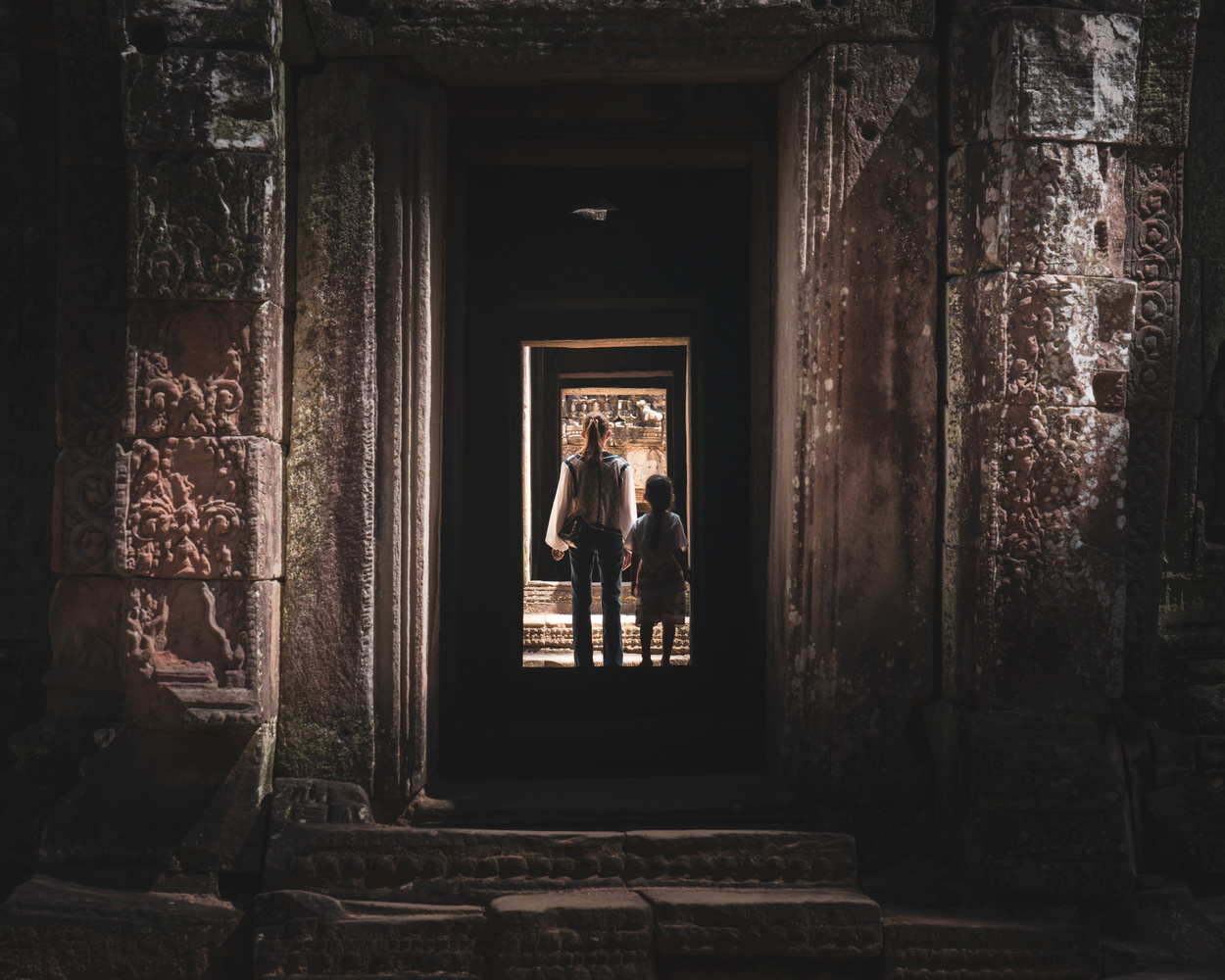Heritage sites around the world are definitely worth seeing for yourself and photographing. A way to start your list is by visiting and exploring Siem Reap.
It is almost impossible to form any accurate expectation of how massive and diverse Angkor is. This 400-square-kilometer heritage site is said to be one of the most important archeological discoveries in the world, and no matter what kind of photography you are into, the temples, the people, and everything around Siem Reap are sure to delight you as a photographer. Here are some of the most important reasons.
1. Cambodia’s Rich History and Culture

Written history suggests that the area of modern-day Cambodia has been inhabited as early as the third millennium B.C., and this is, of course, embodied in diverse and evidently evolving archeological proof that show the people’s devotion and transition from Vishnuism and Shivaism to Buddhism. The main attractions of Siem Reap, which are, of course, the hundreds of temples scattered across the Cambodian jungle that vary greatly in architectural styles, age, historical significance, and purpose. The most important and popular among them is, of course, Angkor Wat.

Carvings on the walls of Angkor Wat depict religion, tradition, and war history.
Alongside the history that goes back thousands of years is a culture that is evolving even to this day. Though Siem Reap is about six hours away by land from Cambodia’s capital city of Phnom Penh, it is definitely not spared from development and modernization. However, this modernization does not erase or change the culture and traditions of the place but further enriches their awareness both by locals and the millions of tourists that visit.
Aside from and alongside the rich heritage represented by religious traditions and architecture, the people of Cambodia have appreciation and love for various forms of art that any photographer wishes their own culture would have. All around Siem Reap, you would find art shops that sell paintings on rice paper for as low as $5 and canvas paintings ranging from $20 to a couple of hundreds that are handmade by self-taught artists who put their pride and love for their culture on paper. These paintings illustrate and represent the temples, their people, and their religious beliefs and ultimately embody their rich heritage.

You can find literally hundreds of art shops around Angkor that sell unique pieces that illustrate the landmarks and icons of Siem Reap.
Cambodians also have a deep love for performing arts. The illustrations on the walls and columns on many of the temples prove that even in ancient times, the people of Cambodia put so much importance on performing arts. Phare, the Cambodian Circus, is a must-see sight in Siem Reap and is one of those that put so much effort in keeping the traditions of Cambodian performing arts alive and evolving with the times. This circus puts on shows with jaw-dropping acrobatic stunts that illustrate amazing stories that put together old traditions with real-life stories of modern-day people. In addition to being a great source of entertainment, this Guinness World Record setting circus empowers the lives of people by providing jobs and free vocational training for people to break out of poverty and support the community altogether. Profits of their ticket sales fund the Phare Ponleu Selpak (Phare Brightness of the Arts) school’s academic and artistic education programs.

A scene from Phare, The Cambodian Circus.
2. Cost-Effective Travel Experience
Aside from the multitude of things to see and photograph in Siem Reap, one reason to consider visiting is the fact that everything is cost-effective there. Siem Reap has its own international airport and certain airlines can fly directly depending on the city of origin. It is also accessible from neighboring countries such as Thailand and Vietnam by bus if you aim to visit multiple destinations on one trip. Within Siem Reap, transportation using their iconic motorcycle driven rickshaw called the “Tuktuk” commonly costs between $1 to $3 going from one place to restaurants, cafes, shops, and other places within the area. Day tours from your hotel to various parts of Angkor can cost around $20 to $35 per day, depending on the actual destinations.

A comfortable hotel room on average costs less than $20 or even much less for traveler hostels. Around the temples, you can find food with generous serving sizes for $5 or less and just a bit more at the restaurants within the city. Entrance tickets to the temple sites cost about $37 for one-day access, $62 for three days, and $72 for five days. The rates per day get even lower for longer visits. Everything put together, this means that a full tour experience with transportation and accommodations barely break the bank and are definitely worth all the photographs and experiences to gain.
3. Everything Is Accessible and Photographer Friendly
By riding a Tuktuk for a few dollars each day, you can go around Siem Reap and photograph almost anything that interests you. All the must-see places in Siem Reap, whether the temples or modern establishments, can be accessed by riding a Tuktuk. Whether you are visiting to photograph landscapes, street photography, travel portraits, food, or even wildlife, you will not have any trouble getting to the location because of the convenient transportation and the friendly people who drive them.

Carrying a camera, no matter how big and professional looking, will also never be a problem in Siem Reap. In the same way that they value their art and culture as a people, they also appreciate that many people visit their place for art and inspiration. In my personal experience, I never encountered any place that prohibited taking pictures or video. In fact, tour guides in the area would even give you tips on the best vantage points and make sure that you get to the right spot during sunrise or sunset, especially when visiting Angkor Wat. Tripod and portable lighting was never an issue in my experience, just as long you do not cause any inconvenience or hazard for other people visiting the place. If you’re looking for even stronger evidence that the area is photographer friendly, take the fact that the temples open as early as 5 am to let people in right in time for the sunrise and close around sunset.
4. The People Bring the Place to Life
In Siem Reap, you will meet a good sample of people from anywhere and everywhere in the world. In addition to the welcoming smiles of the locals, millions of people visit Siem Reap from all corners of the globe, and they will make your travel experience even more fruitful.

The people of Siem Reap are known all over the world for their heartwarming hospitality. No matter where you come from, you will be greeted by smiles and warm welcomes. You will have barely any trouble finding places or asking around in Siem Reap because most people can speak and understand English. According to one of the Tuktuk drivers that we got to chat with, a lot of them learned English passively by simply being around and helping tourists. They said that about 80% of the adult population of Siem Reap worked jobs related to catering to tourists who visit the place. That includes Tuktuk drivers, hotel or restaurant staff, tour guides, and many more. With the prolonged and recurring lockdowns during the pandemic, a lot of them have had to look for other jobs since there were no tourists coming in. With the recent reopening of Siem Reap, they are progressively getting back to their hospitality driven industry and are evidently very happy to do so. The people of Siem Reap are very humble people but are proud of their home, their culture, and their heritage, which makes the experience of visiting much more pleasant.

Our Tuktuk driver for three days, Chom (posed inside an art shop), was the epitome of hospitality. He brought us around, even gave us tips on which temples are best to see during sunrise and sunset, and even had bottles of water ready for us after every stop.
5. The Ancient Temples Are Sure to Enrich Your Creativity
It’s safe to assume that anyone who visits Siem Reap is fascinated with the ancient architecture found all across the area. May it be for the mere sight of these temples, the history behind them, or the culture that surrounds them, they definitely have so much potential for photography.
There are so many ways to photograph and tell stories about the place depending on what kind of photography that you are into and your personal style, but in addition to that, the temples have their individual unique features that will surely inspire any photography to try to make unique images. A lot of the temples are huge, while some are small, some are on level ground, and some are atop hills. Some of the temples are surrounded by forests and some by bodies of water. Needless to say, your approach to photographing each of the temples will be different each time, and the challenge will definitely stimulate your creativity.

It’s probably not the first time that someone has told you that Cambodia is a haven for photographers. The temples, the people, the food, the art, and the welcoming atmosphere are just some of the reasons to consider visiting. Aside from taking thousands of photographs in a few days, you gain a lot of knowledge and inspiration that will definitely stick with you for even longer.






